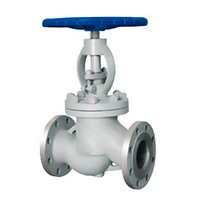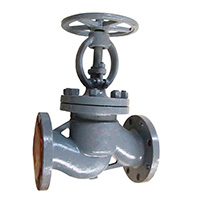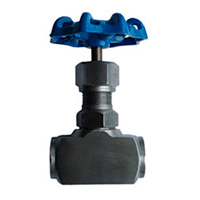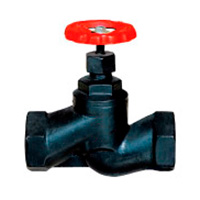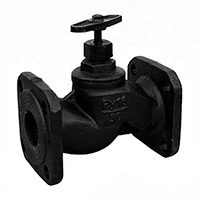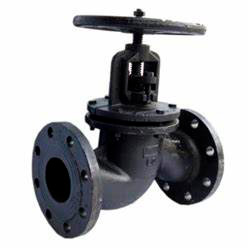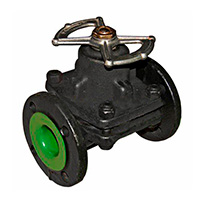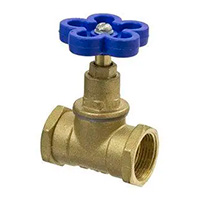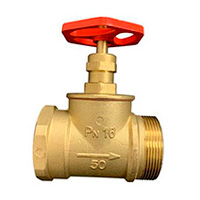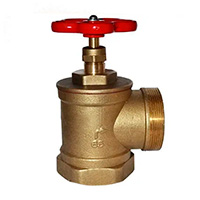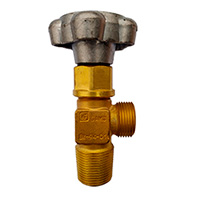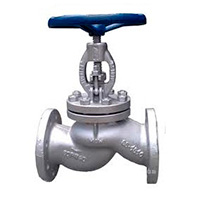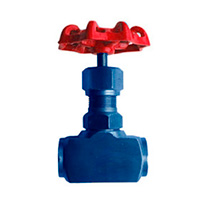Globe valves
Description of Section "Globe valves"
Globe valves are devices used to shut off or regulate flow of liquid or gaseous media in pipelines. Their design is characterized by simplicity and reliability, making them in demand in various engineering systems.
Main components of a globe valve
- Body
Globe valve body is made of materials such as cast iron, steel, stainless steel, or brass. It has threaded or flanged connections for installation on the pipeline. - Shut-off element
The shut-off element moves parallel to the direction of the working medium flow and is responsible for shutting off or regulating the flow. - Stem
Stem connects the shut-off element to the wheel or actuator and transfers the force to move it. Stem has a thread that allows the shut-off element to be fixed in the desired position. - Wheel or actuator
Wheel is used for manual operation of the valve. In some cases, electric, hydraulic, or pneumatic actuators are used to automate the valve's operation. - Sealing elements
Seals ensure tightness between the body and the moving parts of the valve, preventing leaks of the working medium. - Stuffing box seal
The stuffing box is located around the stem and prevents leaks at the point where the stem exits the body.
Operating principle of a globe valve
Globe valve operates by moving the shut-off element along the axis of the working medium flow:
- When the wheel or actuator is rotated, the stem moves up or down due to the thread.
- The shut-off element rises (opens the flow) or lowers (shuts off the flow).
- Tightness is achieved by the tight fit of the shut-off element to the seat inside the body.
Advantages of a globe valve
- High tightness when shutting off the flow.
- Compact size and ease of installation, even in hard-to-reach sections of the pipeline.
- Ability to smoothly regulate the intensity of the working medium flow.
- Long service life with proper operation.
Disadvantages of a globe valve
- High hydraulic resistance due to changes in the flow direction inside the body.
- Sensitivity to contamination of the working medium.
